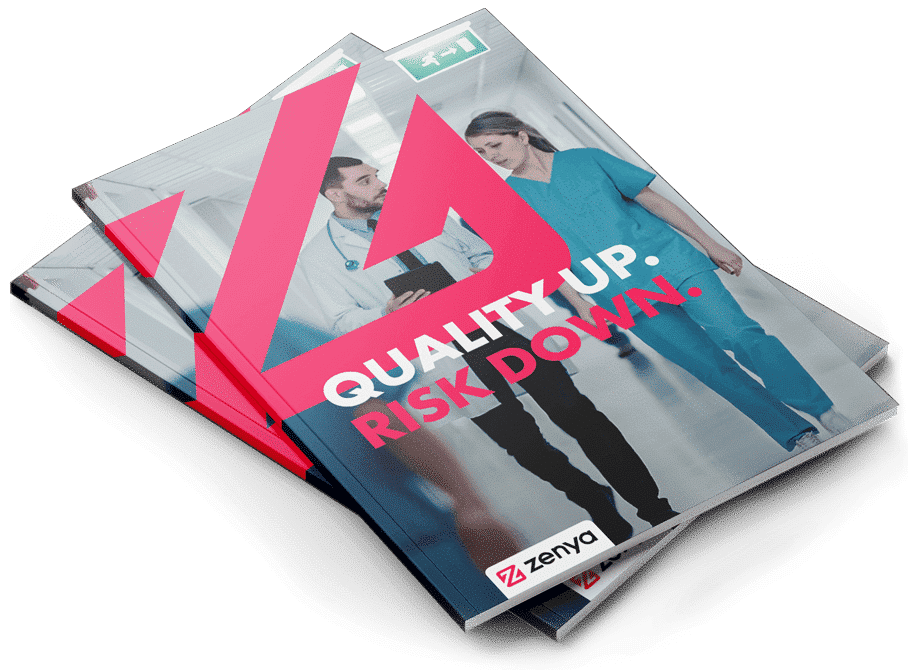After an orientation phase, biotech company Sanofi (then called Genzyme) decided on a new incident reporting system. User-friendliness was an important requirement, so that the threshold for employees to report was as low as possible. After all, this promotes the entry of reports, which ultimately means fewer incidents. Thinking about safety on the shop floor, the environment and welfare has therefore penetrated the entire organisation.
Manager EHS Yves Berghmans and prevention advisor Luc Royens explain how the choice for Zenya FLOW came about and how it fits in with the safety awareness within the biotechnological company.

Yves Berghmans stipulated when he took office that the organisation would achieve the ISO 14001 and OHSAS 18001 – which became ISO 45001 in 2018 – certifications. This required an incident reporting procedure.
This procedure was developed by the EHS (Environment, Health & Safety) department itself. The employees filled in a printed form and the responsible manager then had to investigate the report and propose any corrective measures.
The original report form went to the EHS department and the manager received a copy. There was one form for reporting incidents and non-conformities. Although this method had many advantages, there were also disadvantages.
It was a somewhat cumbersome procedure, because there was a good chance that the paper report form would end up on a ‘to be done’ pile. Just like the chance that a form would get lost.
Moreover, there appeared to be an obstacle to reporting, because employees had to go to their manager. The need to digitise and update the procedure at the same time grew.
Genzyme itself was also growing and was acquired by Sanofi in 2011. Infoland was invited and they were spot on straight away. The simplicity shown by Zenya, Infoland’s quality management system, was entirely in line with Sanofi’s way of thinking about incident reporting. In addition, there were many similarities with their existing paper procedure. That was exactly what Sanofi wanted.
Keep it simple is our motto. With our safety policy, we are moving from a reactive to a preventive organisation.”
The organisation has undergone a major shift in recent years. Safety awareness is supported by more and more employees. A good reporting culture is a sign of this. The digital system and the workflow described for it also impose that more people should discuss risks.
It is a sign of the increased awareness of safety and the environment at Sanofi. This is also the organisation’s explicit aim; the policy statement on safety and the environment that the organisation uses states that it wants to form a culture where continuous improvement is central. Making an incident report as facilitated by Zenya FLOW fits seamlessly into this.

The Zenya FLOW brochure shows you how this powerful incident management system can be deployed so that your organisation can learn from incidents and implement improvements.
The high level of attention to safety and the environment at Sanofi is translated into tight procedural agreements between the organisations. If a report has been made and a risk assessment made, an e-mail is sent to the corporate EHS organisation in Boston depending on the seriousness and significance of the risks. The notification is generated automatically as soon as it is indicated. It is then one of the discussion points between the local and global safety managers.
Naturally, a translation of the incident and improvement actions takes place throughout Sanofi, when appropriate. What does the organisation itself still have to do? The beauty of a digital system is of course that it offers the possibility of gaining new insights by collecting and analysing all incident reports, CPMs and the like.
In this way, working on safety on the shop floor has become a continuous improvement process.
Contact our experts without obligation! We will be pleased to brainstorm with you.